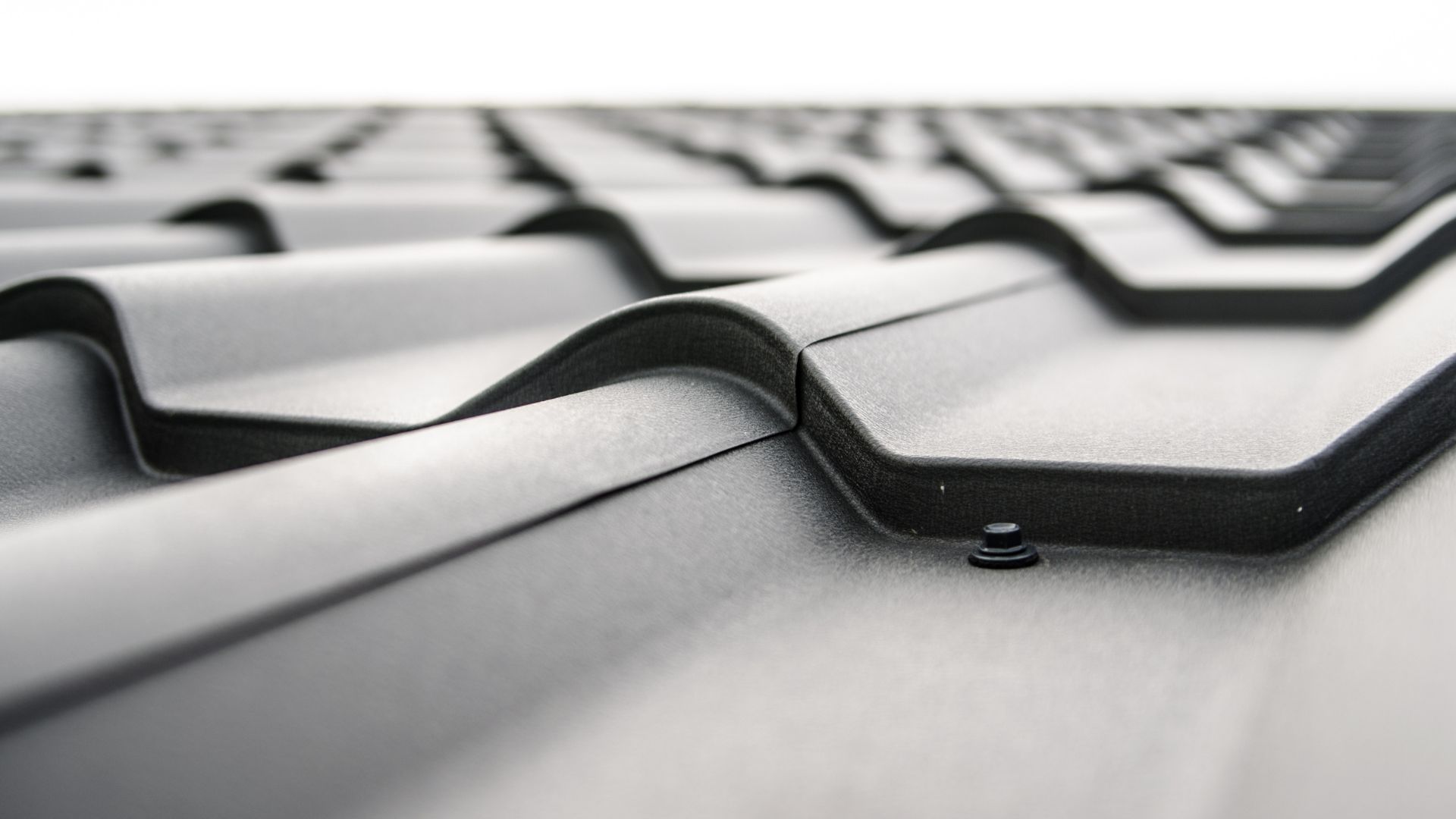Lifestyle
The Pros and Cons of Cedar Roofing: A Balanced View

Approach in choosing the right roofing material is one of the key issues for homeowners. The cedar available to select from is durable and attractive for a number of reasons, but it also has disadvantages. Below, we will consider the aspects of cedar roofing, including the features of installation.
Advantages of Cedar Roofing
Selecting an appropriate roofing material transcends mere visual appeal; it constitutes a long-term investment in the structural integrity, comfort, and environmental sustainability of your residence. Cedar roofing, characterized by its unique amalgamation of utilitarian and aesthetic advantages, consistently garners favour among both homeowners and architectural experts.
Design Versatility: A Dream for Architects
Cedar roofing is not just robust; it’s also highly adaptable in design. Whether you’re looking to restore a historical home or build a cutting-edge modern property, cedar can be tailored to your architectural preferences. This flexibility makes it a top pick among designers.
Energy Efficiency: Insulation Benefits
One often-overlooked advantage of cedar is its insulation capabilities. Proper insulation can lead to significant energy cost savings, and cedar is strong in this department as well. Its thermal resistance helps to maintain an energy-efficient household, which is especially beneficial in climates with extreme weather conditions.
Light yet Durable: Easy Installation
Cedar shakes and shingles are both durable and lightweight, simplifying the installation process and reducing the load on your home’s framework. Lighter materials often translate to faster installation, which could save you on labour expenses.
Environmentally Friendly: A Sustainable Option
Cedar is more than just a pretty face; it’s an eco-conscious choice too. The wood used for cedar roofing typically comes from responsibly managed forests, adding a green touch to its advantages.
Long-lasting: Not Just Another Roof
Cedar outshines many other materials when it comes to durability. A properly cared-for cedar roofing can last up to 30 years, surpassing many other alternatives. This longevity makes it a great option for those planning to live in their home for an extended period and wishing to avoid frequent roof replacements.
The Drawbacks of Cedar Roofing
While cedar offers a variety of benefits, it’s also essential to understand its limitations and potential disadvantages.
Colour Fade: An Aesthetic Consideration
Although cedar begins with a rich, inviting colour, it is susceptible to fading, especially if continuously exposed to direct sunlight. You may find the silvery-gray patina that eventually forms appealing, but preserving the original colour will require ongoing treatment.
Not Suitable for DIY: Professional Installation Required
The complexity of installing a cedar roof generally requires professional intervention. A cedar roofing project can be considerably more expensive than an asphalt one, potentially costing between $12,000 to $25,000, depending on various factors.
Local Regulations: Do Your Homework
In some locations, particularly those at risk of wildfires, local building codes may restrict the use of cedar roofing. It’s vital to be aware of local laws and regulations before making a choice.
Insurance Costs: A Hidden Expense
Cedar’s flammability can result in higher insurance premiums. Be sure to account for this extra cost when calculating your budget.
Wildlife Concerns: Uninvited Guests
While cedar is typically resistant to insects, larger animals like woodpeckers and squirrels may cause damage. If these animals are prevalent in your area, you might have to factor in repair costs.
Additional Considerations
Before you finalize your decision, there are a few other factors that might influence your overall satisfaction with a cedar roof. Should these particular animals be commonly found in your locality, the financial implications of potential repairs may need to be incorporated into your decision-making process.
Additional Factors for Evaluation
Prior to reaching a definitive conclusion, there exist several other variables that could impact your ultimate level of satisfaction with a cedar roofing installation.
Climate Adaptability
If you reside in an area subject to harsh weather, consider how well cedar can withstand those conditions. Although it resists rot and works well in damp climates, it might not be the best choice in fire-prone areas.
Warranty: Your Safety Net
Always look into the warranty terms for your roofing material. A solid warranty can offer both peace of mind and financial security should issues arise with your roof.
Resale Value: A Smart Investment
If you decide to sell your home, these roofs are often a selling point, thanks to their lasting quality and aesthetic appeal.
Conclusion
Opting for cedar roofing presents several distinct advantages, including but not limited to its durability, aesthetic versatility, and effective insulation properties. Nonetheless, potential drawbacks such as colour deterioration over time, initial installation expenses, and the likelihood of increased insurance premiums should not be overlooked. To ensure a decision that is both informed and aligned with your specific needs and lifestyle, it is advisable to consult with qualified professionals and to review local building codes and climatic conditions.
Lifestyle
The Future of Education Through Patricia Vlad’s Eyes

The traditional systems that once defined learning, rigid curricula, standardized testing, and a narrow focus on academic performance, are increasingly being questioned. And why is that?
Starting in the 1880s, thinkers like John Dewey advocated for a shift in teaching methods, leading to the rise of progressive education. Unlike traditional models that emphasize rote learning and job preparation, progressive education puts students at the center of the learning experience. Changemakers like Patricia Vlad also believe that hands-on, experiential learning is the key to deeper understanding. This approach prioritizes critical thinking, curiosity, and personal passions, encouraging students to become lifelong learners who actively engage with new ideas and problem-solving. Schools and parents that embrace this model focus not just on what students need to know but on how they can continue to grow and adapt throughout their lives.
As the world changes, so do the skills, knowledge, and adaptability students need to succeed. The future of education is about personalization, inclusivity, emotional intelligence, and meaningful learning experiences.
With years of global teaching experience, Patricia has seen firsthand how different education systems approach learning. She believes that the future of education must embrace neuroscience, technology, and self-awareness to create a system that is not just efficient but also empowering for students.
“Education should be about more than just passing tests. It should equip students with the skills to navigate life, understand their strengths, and feel empowered in their learning journey,” Patricia emphasizes.
The Future Belongs to the Emotionally Intelligent
Unlike technical skills that may become obsolete with automation, EI – our ability to understand and manage emotions, build relationships, and navigate challenges, remains uniquely human. It plays a crucial role in self-awareness, resilience, effective communication, helping individuals excel in both personal and professional life.
When it comes to EQ, think of it like this: Kids with strong emotional intelligence are better at handling stress, resolving conflicts, and overcoming challenges. Studies suggest that EQ is a stronger predictor of long-term success than IQ. And let’s be real, no matter how advanced AI gets, it will never replace the depth and impact of human connection.
How LevelUp Cultivates Emotional Intelligence Through Patricia’s Coaching
1. Learning Will Be Personalized and Strength-Based
Instead of forcing students to fit into a system, education will be tailored to each child’s learning style, strengths, and interests. Neuroscience-backed methods – such as learning based on attention spans, emotional regulation, and brain development research – will be used to create adaptive learning environments, allowing students to progress at their own pace.
Through tools like LevelUp, which incorporates the Big Five Personality Model, teachers and parents will have a better understanding of a child’s cognitive profile, enabling them to offer more personalized support.
2. Emotional Intelligence Will Be a Core Part of Learning
The future classroom won’t just cover maths, science, history, or even language – it will also focus on self-awareness, empathy, and social skills. As research shows language doesn’t just communicate thought; it actively shapes it. The intentional use of language can influence how the brain processes emotion, memory, and social connection – making it a powerful tool for developing emotional intelligence.
LevelUp integrates EI into its framework, ensuring students not only understand themselves better but also build confidence, manage stress, and develop strong interpersonal skills.
3. Education Will Be More Interdisciplinary
The future of learning will move away from isolated subjects and toward interdisciplinary education, where concepts from different fields are connected and applied to real-world problems.
For example, students might blend neuroscience with psychology to understand learning processes or combine technology and art to develop creative solutions.
4. Technology Will Support, Not Supplant Human Connection
In the classroom of the future, meaningful engagement between students and teachers will remain at the heart of learning. Peer collaboration, hands-on projects, and real-time feedback from teachers will continue to be irreplaceable elements of education.
Technology will play a supporting role enhancing, rather than dominating, the learning process.
Whether through gamified modules, virtual simulation, or adaptive platforms, tools like LevelUp will be used intentionally to deepen understanding and personalize feedback, always in service of human connection, not as a substitute for it.
5. Schools, Parents, and Students Will Work Together
Education won’t be confined to the classroom. Parents will play a bigger role in guiding their children’s learning, using tools like LevelUp to track progress, support emotional development, and encourage curiosity at home.
By strengthening the parent-child-teacher connection, education will become a team effort, ensuring every student receives the support they need to reach their full potential.
A Future Built on Empowerment
By combining neuroscience, technology, and emotional intelligence, Patricia is helping to reshape education into something that prepares students not just for exams, but for life itself.
A truly effective education system values each student’s creativity and passions—not just their ability to recall information. Instead of just delivering information and expecting rote memorization for test scores, teachers encourage active, hands-on learning through projects, experiments, and peer collaboration. This approach allows students to explore topics that genuinely interest them, making learning more engaging, meaningful, and personal.
The LevelUp platform, developed under Patricia’s leadership, is contributing to a growing shift toward education that is rooted in self-awareness and real-world readiness. Additionally, emotional intelligence is a core part of learning, not an afterthought.
One story that sticks with Patricia is that of a student named Ethan, who had always been labelled “distracted” in class. His teachers described him as bright but inconsistent, often zoning out or fidgeting during lessons. When his LevelUp profile revealed high reactivity and strong openness, a new picture emerged: Ethan wasn’t disengaged—he was overwhelmed by too much information at once and thrived when topics were explored through hands-on, creative activities.
With this insight, his teacher began breaking tasks into smaller steps and introducing art and building projects tied to the curriculum. For the first time, Ethan started raising his hand during class and even stayed back after school to show his work. “We’d been trying to ‘fix’ him when all we needed was to understand him,” his teacher later shared.
It was a small shift, but for Ethan, it changed everything.
-

 Tech5 years ago
Tech5 years agoEffuel Reviews (2021) – Effuel ECO OBD2 Saves Fuel, and Reduce Gas Cost? Effuel Customer Reviews
-

 Tech6 years ago
Tech6 years agoBosch Power Tools India Launches ‘Cordless Matlab Bosch’ Campaign to Demonstrate the Power of Cordless
-

 Lifestyle6 years ago
Lifestyle6 years agoCatholic Cases App brings Church’s Moral Teachings to Androids and iPhones
-

 Lifestyle5 years ago
Lifestyle5 years agoEast Side Hype x Billionaire Boys Club. Hottest New Streetwear Releases in Utah.
-

 Tech7 years ago
Tech7 years agoCloud Buyers & Investors to Profit in the Future
-

 Lifestyle5 years ago
Lifestyle5 years agoThe Midas of Cosmetic Dermatology: Dr. Simon Ourian
-

 Health7 years ago
Health7 years agoCBDistillery Review: Is it a scam?
-

 Entertainment6 years ago
Entertainment6 years agoAvengers Endgame now Available on 123Movies for Download & Streaming for Free
